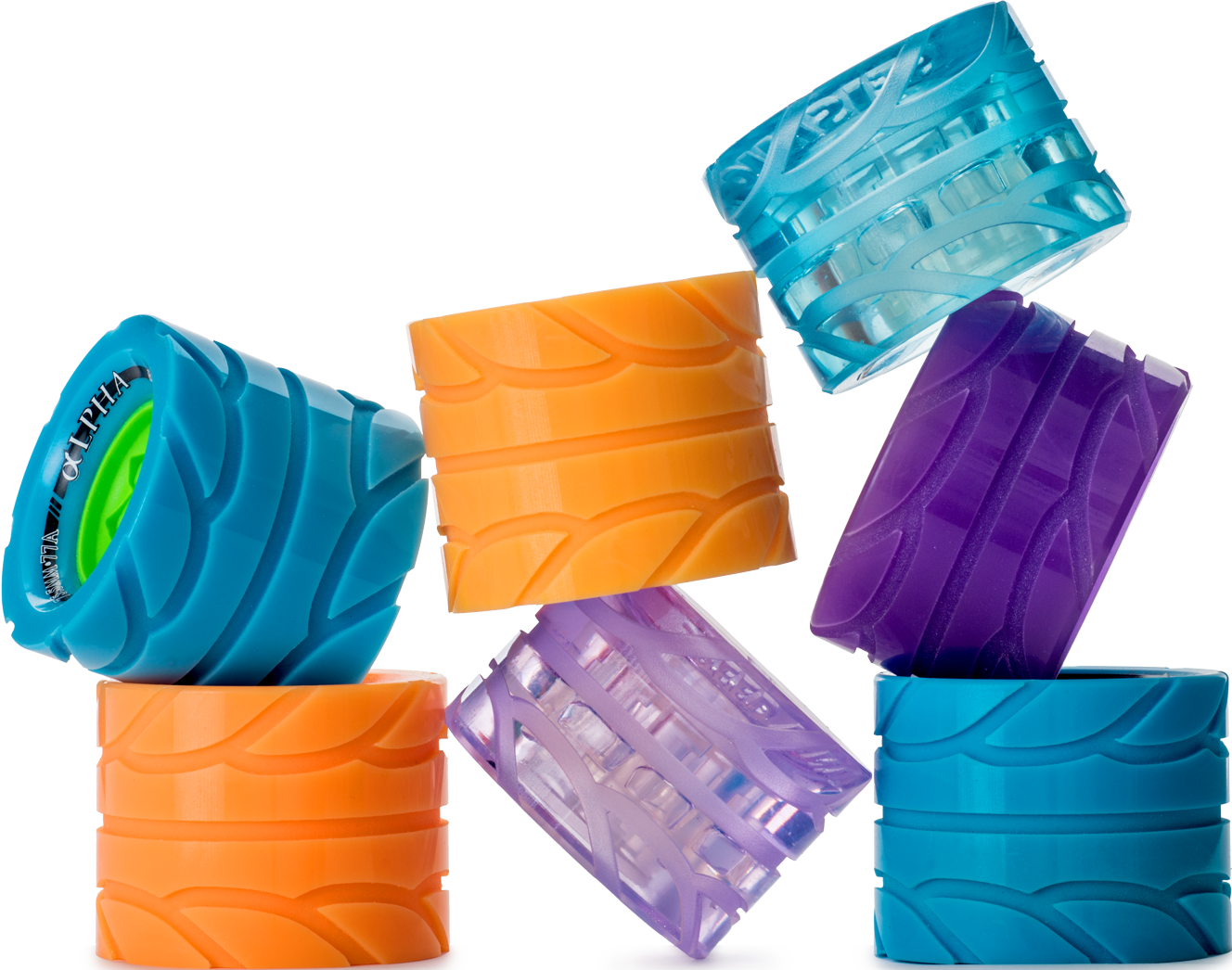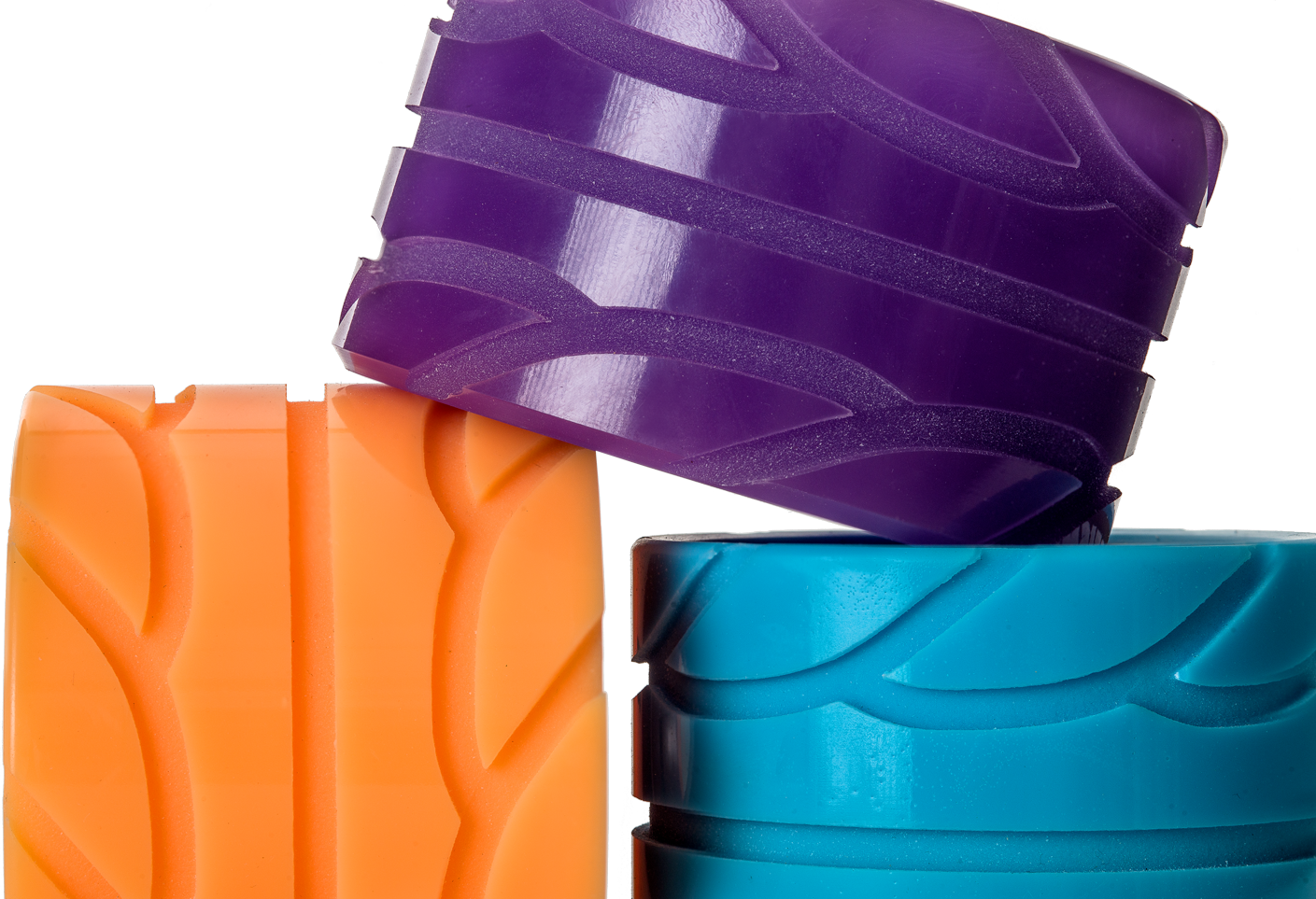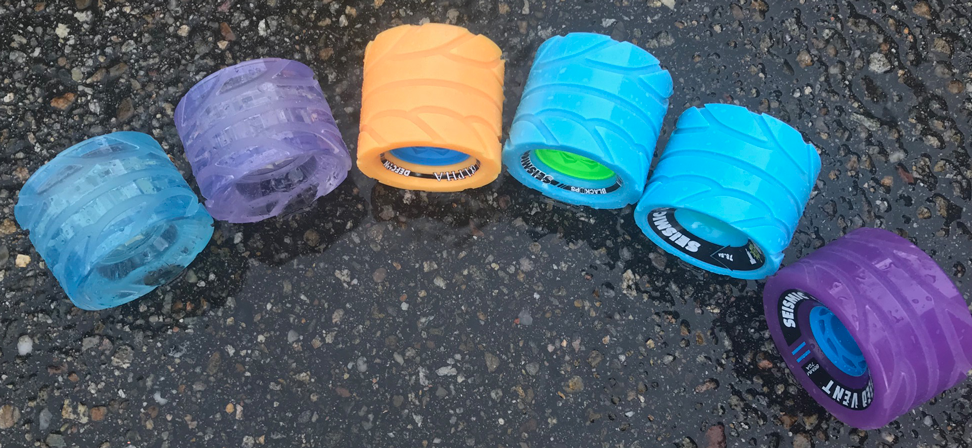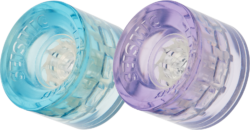Seismic teamed up with Harfang to create a series of our top race wheels specially-grooved for better traction and speed on wet road surfaces.
We use Harfang’s “Stage 1” tread pattern for maximum water evacuation, which translates to maximum speed and grip when battling thoroughly soaked conditions.
NOTE: Use only in wet conditions. Not for use on dry roads.









Reviews
There are no reviews yet.